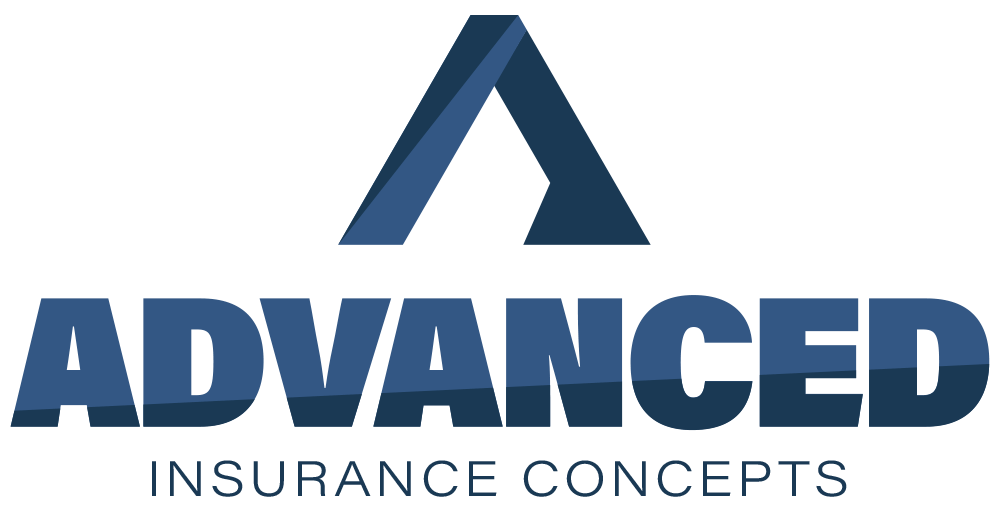Medicare

Understanding Medicare as a First Time Enrollee
Original Medicare – Part A and Part B

We're Here to Help!
Medicare Advantage – Part C
Original Medicare does a great job of providing comprehensive coverage to policyholders. However, Part C makes it possible to receive benefits from a private insurance agency instead of the government. For some, the need to look for additional coverage beyond Part A and Part B is unnecessary, but it makes sense for others. One of the major differences between the two plans is that it is possible to receive coverage for routine care services such as dental, hearing, and vision with Part C. By selecting this option, you will still receive coverage for the inpatient and outpatient services provided under Original Medicare too.
Prescription Drug Coverage – Part D
The final section of Medicare is the Prescription Drug Coverage Plan, or Part D. Most people will need to buy medicine at some point throughout their lives. When this time comes, Part D has a plan to help with some of the costs incurred when the medicine is billed. As a stand-alone policy, you don’t need to have coverage under any other part of Medicare, but you will be responsible for paying copayments, deductibles, or coinsurance on drug costs.
